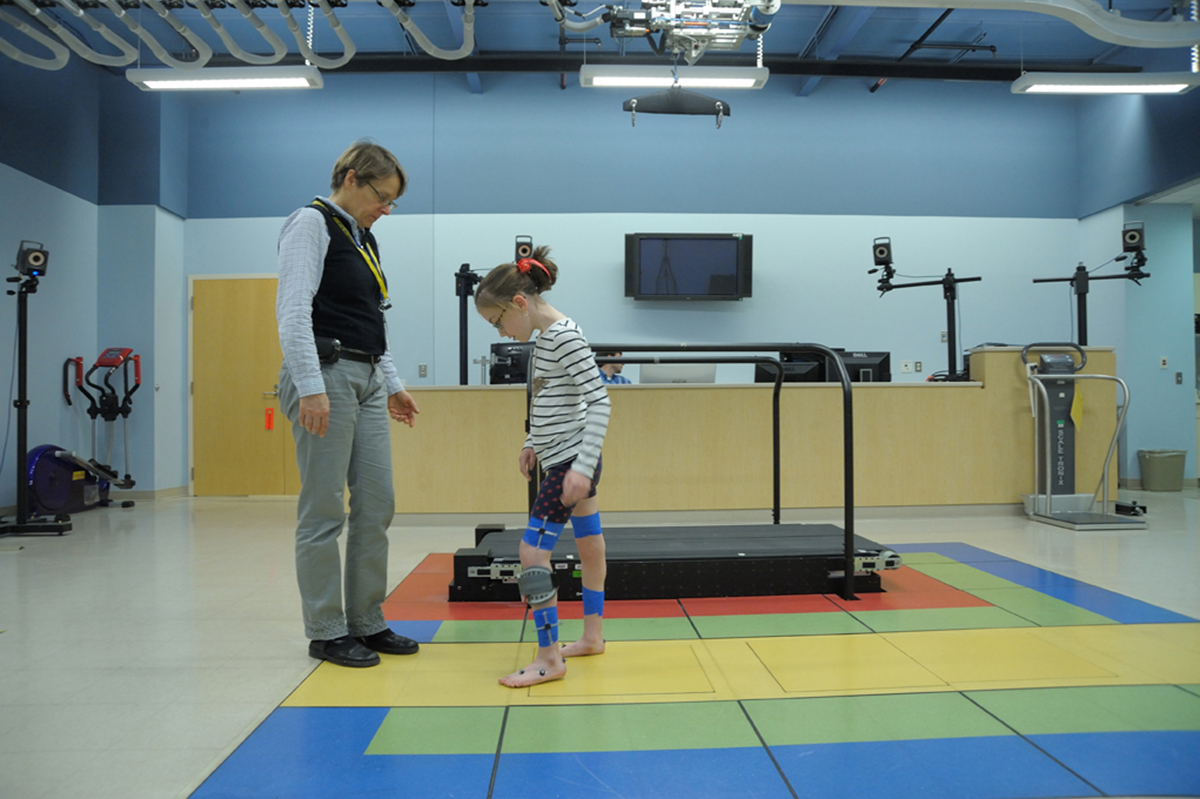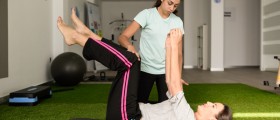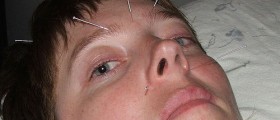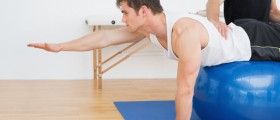
General Info about Cerebral Palsy
Cerebral palsy is a frequent disability in children. This is actually the most common diagnosis in children who undergo physical therapy. Damage to gross motor function in such children varies a lot. Some of them can move by themselves while other need assisting devices and in the most severe cases, children must use battery-powered wheelchairs.
The role of physical therapy in children suffering from cerebral palsy is very important. With proper exercise children can learn to walk, use the wheelchair, stand without anyone's assistance, get up or sit down and become able to perform many other activities independently.
Physical Therapy for Cerebral Palsy
Cerebral palsy limits a child, and severely interferes in a child's performance. In cases of serious damage, a child simply cannot move without a parent's assistance. A well experienced physical therapist is able to help such children and they may restore muscle coordination and movement to a certain extent. The major importance is connected with exercise therapy while additional help is obtained from assisting devices.
The physical therapist first examines patient's medical history and then according to the available data creates an individual program of exercises. The exercising program is modified according to one's needs.
Cerebral palsy is a condition that leads to tightening and rigidity of the affected muscles. The very treatment includes stretching, strengthening and repositioning of certain groups of muscles. Stretching of the affected muscles increases muscle flexibility. The patient's limbs are moved in such a way that the muscles are slowly and gradually pulled. Furthermore, patient's are helped to perform exercises that can strengthen muscles and this way improve support to the body and allow movement. Positioning is achieved with a number of devices such as braces, knee mobilizes, pillows, casts or splints.
'The "bobath" technique and patterning are used as a part of physical therapy in order to relieve the primitive reflexes. For example, if a child's limb is flexed by using this technique a therapist tries to straighten the affected limb (a therapist helps in extension of the affected limb). In 'patterning' the child is encouraged to learn movements that are adopted and developed during normal path of motor development. The child is taught to crawl, stand and walk.
Additional Help
Even though physical therapy is generally performed in hospitals parents also participate in the program and may be taught certain exercises that can be performed at home. Active participation of parents in rehabilitation program is a must. This way the results are better and the results can be properly maintained. Encouragement and support is significant in children suffering from cerebral palsy.

















Your thoughts on this
Loading...